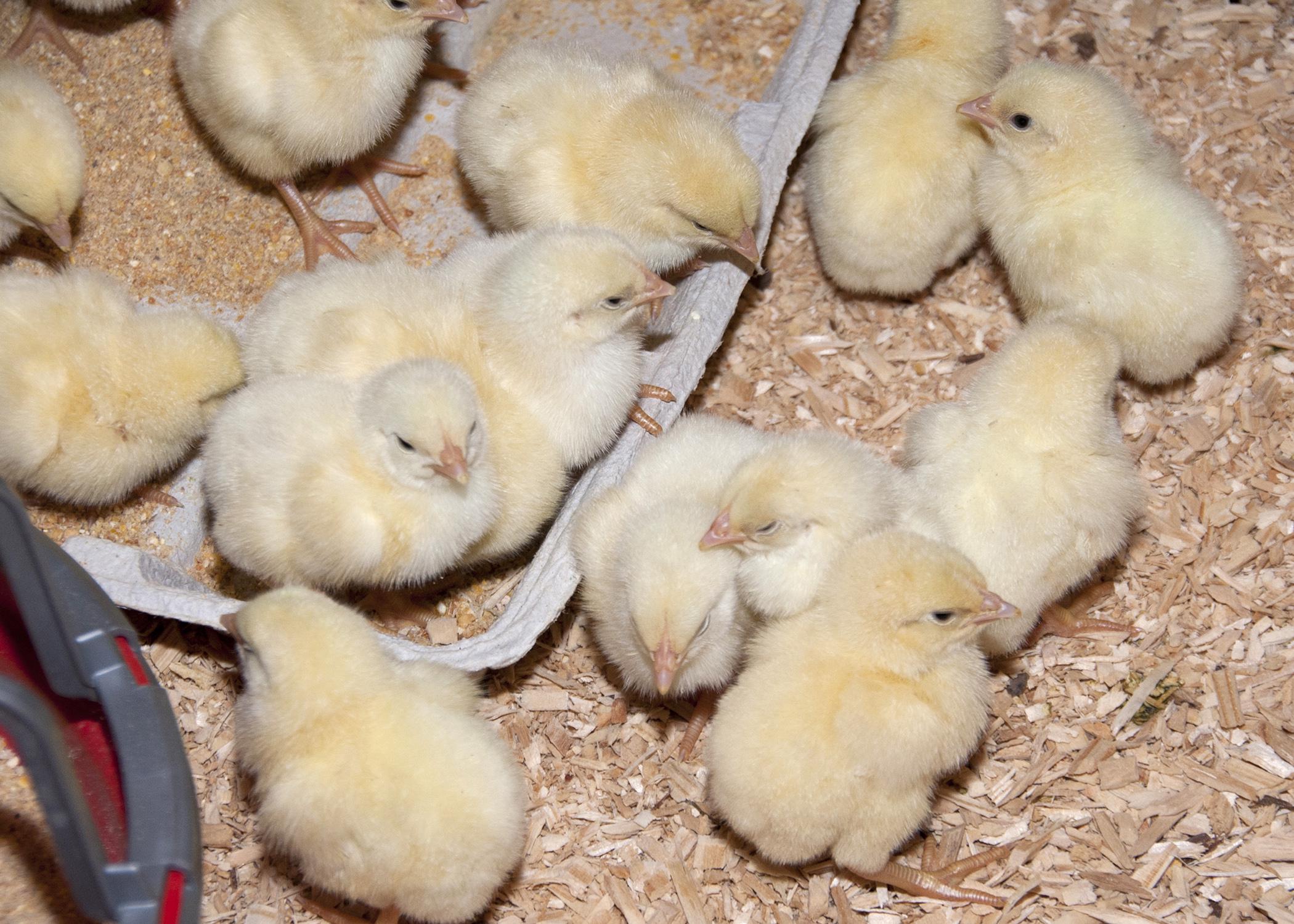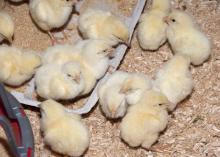Information Possibly Outdated
The information presented on this page was originally released on December 19, 2014. It may not be outdated, but please search our site for more current information. If you plan to quote or reference this information in a publication, please check with the Extension specialist or author before proceeding.
Poultry is No. 1 among state commodities for 20th year
RAYMOND -- Poultry experienced some moderate increases in 2014, grabbing the No.1 spot among Mississippi’s commodities for the 20th straight year.
The industry ended November with a preliminary estimated total production value of $3.1 billion, a 6.4 percent increase from 2013.
“Early in the year, there were less chickens available to put into broiler growing houses,” said John Michael Riley, agricultural economist with the Mississippi State University Extension Service. “So that drove prices up just a little bit, and, based on data from the U.S. Department of Agriculture, prices for the year were moderately higher.”
Table egg production was down 3.1 percent from 2013, but the total estimated value for eggs is $244 million, up 9.9 percent from last year. Consumer price for eggs is $2.18 per dozen.
The estimated value for chickens is $6.5 million, an increase of 3.6 percent. Estimated broiler value stands at almost $2.9 billion, an increase of about 6 percent.
Tom Tabler, Extension professor in the MSU Department of Poultry Science, said 2014 was an excellent year for poultry integrators in the state despite a slow start.
“The essentially level placement of chicks was because integrators had a difficult time getting their breeder hens to lay eggs,” Tabler said. “We have breeder hens that are good at producing chicks that grow well and convert feed efficiently. However, sometimes they do not lay as many eggs as we would like.”
Integrators choose the type of hens and roosters they want based on genetic traits and the desired broiler market size. Breeder hens that produce nine pound broilers do not lay as many eggs as breeder hens that produce four or six pound broilers. It is a compromise, Tabler said.
A rise in pork and beef prices led to a slight increase in consumer demand for poultry.
“The poultry industry is doing well,” Tabler said. “Beef cattle numbers are reduced nationwide and the pork industry has been fighting a virus this year, pushing those prices up at the grocery store.”
Tabler said he expects next year’s demand, production and prices to remain similar to 2014.
“Demand and consumer prices look like they will remain about the same for next year,” he said. “If feed prices stay comparable to this year, we’ll have another good year.
“But weather is the wild card. An extremely cold and wet spring could cause farmers to have a hard time getting corn and soybeans in the ground. A drought next summer could also change everything, based on what the markets do for corn and beans. These things would cause feed prices to rise, and that would affect industry profits.” Tabler said.
Final figures will be determined in May 2015.





